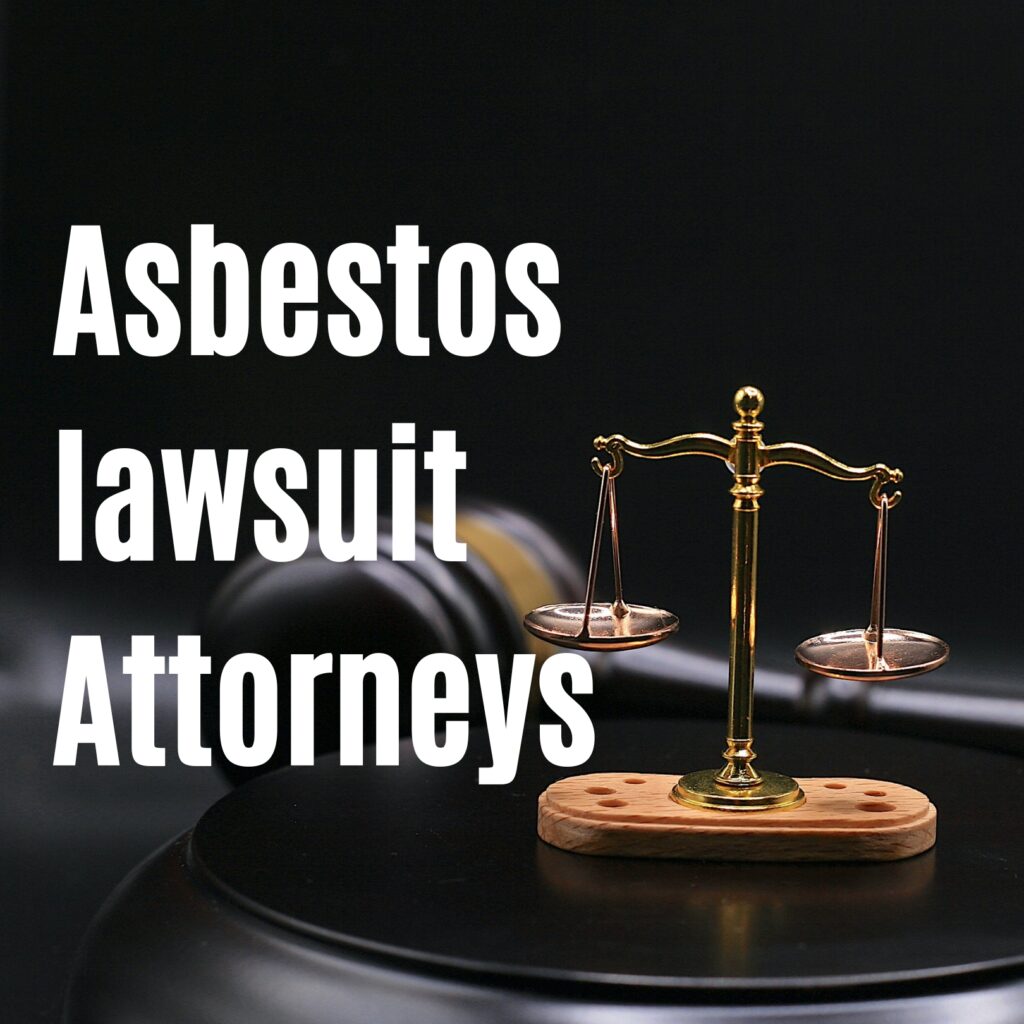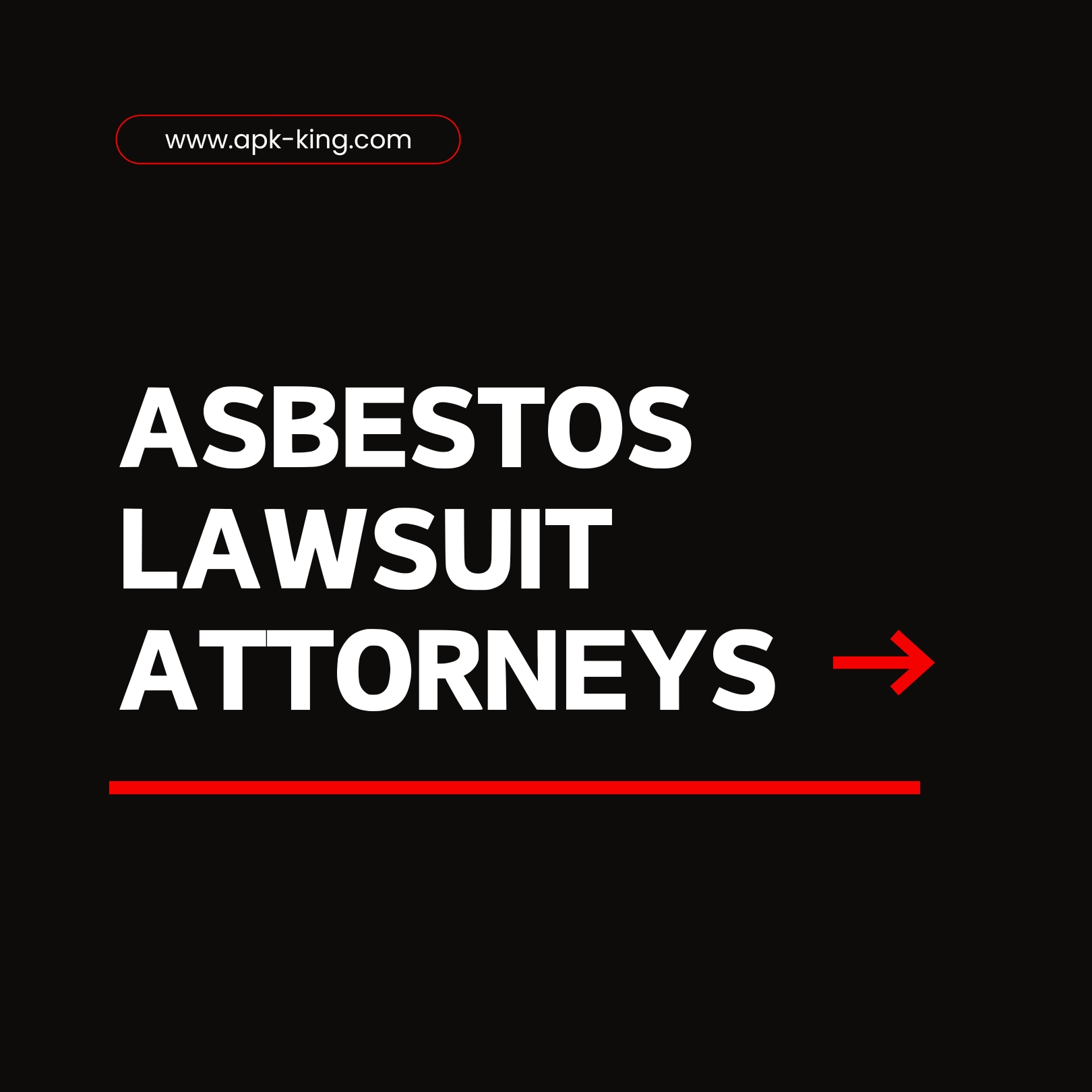Asbestos Lawsuit Attorneys: Comprehensive Guide
Introduction
Understanding Asbestos and Its Legal Implications
Asbestos, once heralded for its durability and fire-resistant properties, has become synonymous with severe health risks and extensive litigation. This naturally occurring mineral was widely used in construction, automotive, and various other industries throughout the 20th century. However, the discovery of its link to life-threatening conditions such as mesothelioma, lung cancer, and asbestosis has led to numerous lawsuits and the rise of specialized asbestos lawsuit attorneys.
Importance of Asbestos Lawsuit Attorneys
Navigating the legal complexities associated with asbestos exposure requires specialized knowledge and experience. Asbestos lawsuit attorneys play a crucial role in advocating for victims, helping them secure compensation for medical expenses, lost wages, and other damages. These legal experts are essential for holding negligent parties accountable and ensuring justice for those affected by asbestos-related diseases.
Understanding Asbestos and Its Legal Implications
Asbestos, a group of naturally occurring minerals, was once a popular material used in various industries due to its resistance to heat, fire, and chemicals. However, prolonged exposure to asbestos fibers has been linked to serious health conditions, including mesothelioma, lung cancer, and asbestosis. These diseases typically manifest decades after exposure, making it challenging to trace back the source and hold responsible parties accountable.
The legal ramifications of asbestos exposure are significant, with numerous lawsuits filed against manufacturers, employers, and property owners who failed to protect individuals from asbestos hazards. The complexity of these cases necessitates the expertise of asbestos lawsuit attorneys who specialize in this area of law.
Importance of Asbestos Lawsuit Attorneys
Asbestos lawsuit attorneys are specialized legal professionals who assist victims of asbestos exposure in seeking justice and compensation. These attorneys possess in-depth knowledge of asbestos regulations, medical implications, and litigation strategies essential for effectively representing their clients. Their role is pivotal in ensuring that victims receive fair compensation for their suffering and financial losses.
History and Background of Asbestos
Early Uses of Asbestos
Asbestos has been used for thousands of years, dating back to ancient civilizations that valued its resistance to fire and heat. It was commonly used in textiles, pottery, and construction materials. During the Industrial Revolution, asbestos usage surged as it became a popular component in insulation, roofing, and various industrial products.
Rise of Asbestos-Related Health Issues
The health hazards associated with asbestos exposure began to surface in the early 20th century. Workers in asbestos mines and factories started developing respiratory illnesses at alarming rates. By the mid-1900s, medical research confirmed the link between asbestos exposure and serious health conditions such as mesothelioma and lung cancer. Despite this knowledge, asbestos continued to be widely used until regulatory actions were taken.
Regulatory Actions and Bans
In response to the mounting evidence of asbestos-related health risks, governments around the world implemented regulations to limit asbestos use. The United States Environmental Protection Agency (EPA) and the Occupational Safety and Health Administration (OSHA) established guidelines to protect workers and the public. By the late 20th century, many countries had banned or severely restricted the use of asbestos in products and construction.

Health Risks Associated with Asbestos Exposure
Mesothelioma
Types of Mesothelioma
Mesothelioma is a rare and aggressive cancer primarily caused by asbestos exposure. It affects the mesothelium, the protective lining covering the lungs, abdomen, heart, and other organs. The main types of mesothelioma include:
- Pleural Mesothelioma: Affects the lining of the lungs and is the most common type.
- Peritoneal Mesothelioma: Occurs in the abdominal lining.
- Pericardial Mesothelioma: Develops in the lining surrounding the heart.
- Testicular Mesothelioma: Affects the lining of the testicles and is extremely rare.
Symptoms and Diagnosis
The symptoms of mesothelioma often appear decades after asbestos exposure and can include chest pain, shortness of breath, abdominal swelling, and fatigue. Diagnosis typically involves imaging tests such as X-rays and CT scans, followed by biopsy procedures to confirm the presence of mesothelioma cells.
Lung Cancer
Asbestos-Related Lung Cancer Symptoms
Lung cancer caused by asbestos exposure shares symptoms with other types of lung cancer, including persistent cough, chest pain, weight loss, and difficulty breathing. Smokers who have been exposed to asbestos are at an even higher risk of developing lung cancer.
Diagnosis and Treatment
Diagnosing asbestos-related lung cancer involves imaging tests, sputum cytology, and tissue biopsies. Treatment options vary depending on the stage of cancer and may include surgery, chemotherapy, radiation therapy, and targeted drug therapy.
Asbestosis
Symptoms and Progression
Asbestosis is a chronic lung disease caused by inhaling asbestos fibers. Symptoms include shortness of breath, persistent cough, chest tightness, and finger clubbing. As the disease progresses, it can lead to severe respiratory issues and heart problems.
Diagnostic Procedures
Diagnosing asbestosis involves a thorough medical history review, physical examination, imaging tests such as chest X-rays and CT scans, and lung function tests to assess the extent of lung damage.
Legal Aspects of Asbestos Litigation
Types of Asbestos Lawsuits
There are several types of asbestos lawsuits, including personal injury claims, wrongful death suits, and trust fund claims. Personal injury claims are filed by individuals diagnosed with asbestos-related diseases, while wrongful death suits are initiated by the families of deceased victims. Trust fund claims involve compensation from asbestos bankruptcy trusts established by companies that have declared bankruptcy due to asbestos liabilities.
Key Elements of an Asbestos Lawsuit
Key elements of an asbestos lawsuit include proving the source of asbestos exposure, demonstrating the link between exposure and the diagnosed illness, and establishing the negligence of the responsible parties. Documentation of medical records, employment history, and expert testimonies are crucial components of a successful case.
Statute of Limitations
Variations by State
The statute of limitations for filing an asbestos lawsuit varies by state, typically ranging from one to six years from the date of diagnosis or discovery of the illness. It’s essential to consult with an attorney promptly to ensure the lawsuit is filed within the legal timeframe.
Importance of Timely Action
Timely action is critical in asbestos litigation to preserve evidence, secure witness testimonies, and meet legal deadlines. Delays in filing can result in the loss of the right to seek compensation.
Types of Compensation
Medical Expenses
Compensation for medical expenses covers costs related to diagnosis, treatment, and ongoing care for asbestos-related diseases. This includes hospital bills, medication, and specialized treatments.
Lost Wages
Victims of asbestos exposure may be entitled to compensation for lost wages due to their inability to work. This includes both past and future earnings impacted by the illness.
Pain and Suffering
Compensation for pain and suffering addresses the physical and emotional distress caused by asbestos-related diseases. This non-economic damage considers the impact on the victim’s quality of life.
Role of Asbestos Lawsuit Attorneys
Qualifications and Expertise
Legal Background
Asbestos lawsuit attorneys typically have extensive knowledge of personal injury law and specific experience handling asbestos-related cases. They understand the complexities of asbestos litigation and the medical aspects of the diseases involved.
Experience with Asbestos Cases
An attorney’s experience with asbestos cases is crucial for effectively navigating the legal process, from gathering evidence to negotiating settlements or presenting cases in court. Experienced attorneys are familiar with common defenses used by defendants and can anticipate challenges.

Responsibilities and Duties
Case Evaluation
Attorneys conduct thorough evaluations of potential cases to determine their viability. This involves reviewing medical records, employment history, and exposure evidence to build a strong case.
Evidence Gathering
Gathering evidence is a critical responsibility of asbestos attorneys. This includes collecting medical documentation, identifying exposure sources, and obtaining expert testimonies to support the claim.
Negotiation and Litigation
Attorneys negotiate with defendants and insurance companies to secure fair settlements for their clients. If a settlement cannot be reached, they are prepared to litigate the case in court to achieve justice for the victim.
Finding the Right Attorney
Research and Referrals
Finding the right asbestos lawsuit attorney involves conducting thorough research and seeking referrals from trusted sources. Online reviews, legal directories, and recommendations from other victims can provide valuable insights.
Questions to Ask Potential Attorneys
When consulting with potential attorneys, it’s important to ask about their experience with asbestos cases, their success rate, and their approach to handling cases. Understanding their fee structure and communication style is also crucial for a successful attorney-client relationship.
Case Studies and Personal Stories
Notable Asbestos Lawsuit Cases
Landmark Verdicts
Landmark asbestos lawsuit cases have set important precedents and resulted in significant verdicts. Notable cases include those against major manufacturers like Johns-Manville and W.R. Grace, which led to substantial compensation awards and the establishment of asbestos trust funds.
Significant Settlements
Many asbestos lawsuits are settled out of court, resulting in substantial settlements for victims. These settlements provide financial relief for medical expenses, lost wages, and pain and suffering without the need for a lengthy trial.
Personal Stories
Victims’ Experiences
Personal stories of asbestos victims highlight the devastating impact of asbestos-related diseases. These narratives provide a human perspective on the struggles faced by victims and their families, emphasizing the importance of legal action and support.
Impact on Families
The ripple effect of asbestos-related diseases extends to families, who often bear the emotional and financial burden of caring for sick loved ones. Personal stories of families affected by asbestos exposure underscore the need for compensation and justice.
Expert Insights on Asbestos Litigation
Legal Experts’ Opinions
Challenges in Asbestos Litigation
Legal experts highlight several challenges in asbestos litigation, including proving the source of exposure, the long latency period of diseases, and navigating the complex web of regulations and statutes. They emphasize the importance of experienced legal representation to overcome these hurdles.
Future Trends
Future trends in asbestos litigation may involve increased scrutiny of newer materials and occupational exposures, as well as the continued evolution of regulations and compensation mechanisms. Legal experts anticipate ongoing litigation as new cases of asbestos-related diseases emerge.
Medical Experts’ Perspectives
Advances in Treatment
Medical experts discuss advances in the treatment of asbestos-related diseases, including new therapies, early detection methods, and clinical trials. These advancements offer hope for improved outcomes and better quality of life for victims.
Importance of Early Detection
Early detection of asbestos-related diseases is crucial for effective treatment and improved prognosis. Medical experts advocate for regular screenings and awareness of symptoms among individuals with a history of asbestos exposure.
Preventive Measures and Safety Tips
Avoiding Asbestos Exposure
Occupational Safety
Occupational safety measures are vital for preventing asbestos exposure in workplaces. Employers must adhere to OSHA guidelines, provide protective equipment, and conduct regular air quality monitoring to safeguard workers.
Home Renovation Precautions
Homeowners undertaking renovations should be aware of the potential presence of asbestos in older buildings. Hiring certified asbestos abatement professionals for inspections and removal is essential to avoid exposure.
Government and Workplace Regulations
OSHA Guidelines
The Occupational Safety and Health Administration (OSHA) has established strict guidelines for handling asbestos in the workplace. These regulations mandate training, protective gear, and exposure limits to protect workers.
EPA Standards
The Environmental Protection Agency (EPA) enforces standards for asbestos management and abatement in various settings. Compliance with EPA regulations ensures the safe handling and disposal of asbestos-containing materials.
Read More:
- Online Car Insurance in the US: Everything You Need To Know
- The Best Reliable, Safe, & Cheap Car Insurance in US
- The Most Powerful Asbestos Lawsuit Lawyers in The US

Summary of Key Points
Asbestos exposure remains a significant health risk with serious legal implications. Asbestos lawsuit attorneys play a critical role in helping victims seek justice and compensation. Understanding the history, health risks, legal aspects, and preventive measures associated with asbestos is essential for protecting individuals and holding negligent parties accountable.

